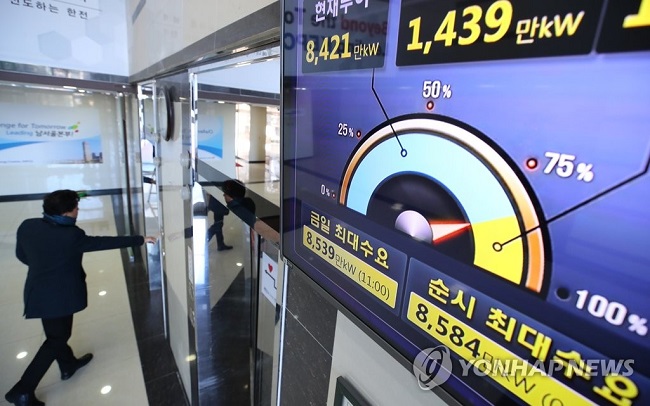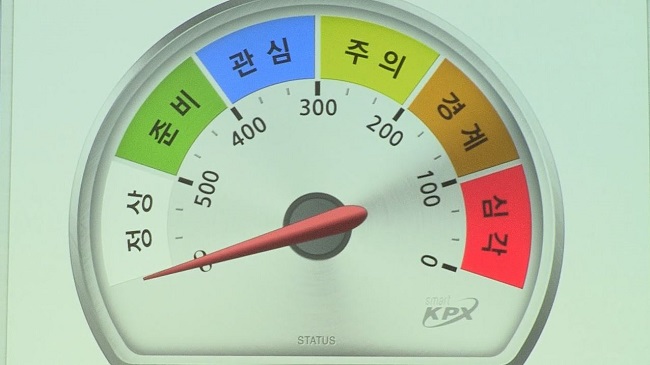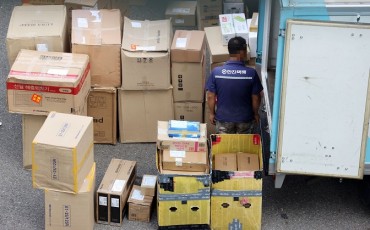
On January 18, the Ministry of Trade, Industry and Energy (MTIE) previewed a list of reforms to South Korea’s Demand Response program that will kick in at a yet unspecified date this summer. (Image: Yonhap)
SEOUL, Jan. 18 (Korea Bizwire) — On January 18, the Ministry of Trade, Industry and Energy (MTIE) previewed a list of reforms to South Korea’s Demand Response program that will kick in at a yet unspecified date this summer.
Demand Response (DR) denotes a power-saving framework in which firms voluntarily reduce their energy use during peak periods and are offered a variety of rewards and incentives by the government in return.
Introduced in late 2014, DR allows the government to save on the costs of building extra reactors just to meet excessive energy demands that may arise during peak periods.
As of last November, there are 3,580 participating firms, setting potential power saved at 4.3 gigawatts, equivalent to the output of three nuclear reactors.
A driving point of emphasis in regard to the DR’s changes is to ease the financial burden power-saving has on firms. Some of the ways the MTIE will look to do so is by introducing incentives for exceeding power conservation targets, and converting the amount of power saved to financial reward using the price ceiling during times of dwindling power supply rather than the system marginal price (SMP) typically used.

Some of the ways the MTIE will look to do so is by introducing incentives for exceeding power conservation targets, and converting the amount of power saved using the price ceiling during times of dwindling power supply rather than the system marginal price (SMP) typically used. (Image: Yonhap)
Among other pending changes, quarterly inspections to assess capacity for lowering power usage will be lessened for firms with a good track record of abiding by the DR, and electricity providers will be able to notify firms of a scheduled power usage reduction a day in advance. Under the current model firms are notified one hour before they are required to power down.
Firms that can only afford to turn down the power for two hours a day will be eligible to join the DR program. Thus far, the cutoff to join has been power reduction for at minimum four hours per day.
On the part of electricity providers, the MTIE’s DR revision will allow providers to lodge power reduction requests directly with firms without having to wait for the government to call for a sweeping conservation order.
The MTIE expects the DR revisions to quiet down public consternation over the program.
Those opposing the anti-nuclear power camp previously alleged that the government was leaning on the DR program to store up power over fears nuclear decommissioning could cause power shortages.
MTIE officials on Thursday dismissed such allegations, insisting its purpose lay in power saving.
S.B.W. (sbw266@koreabizwire.com)






